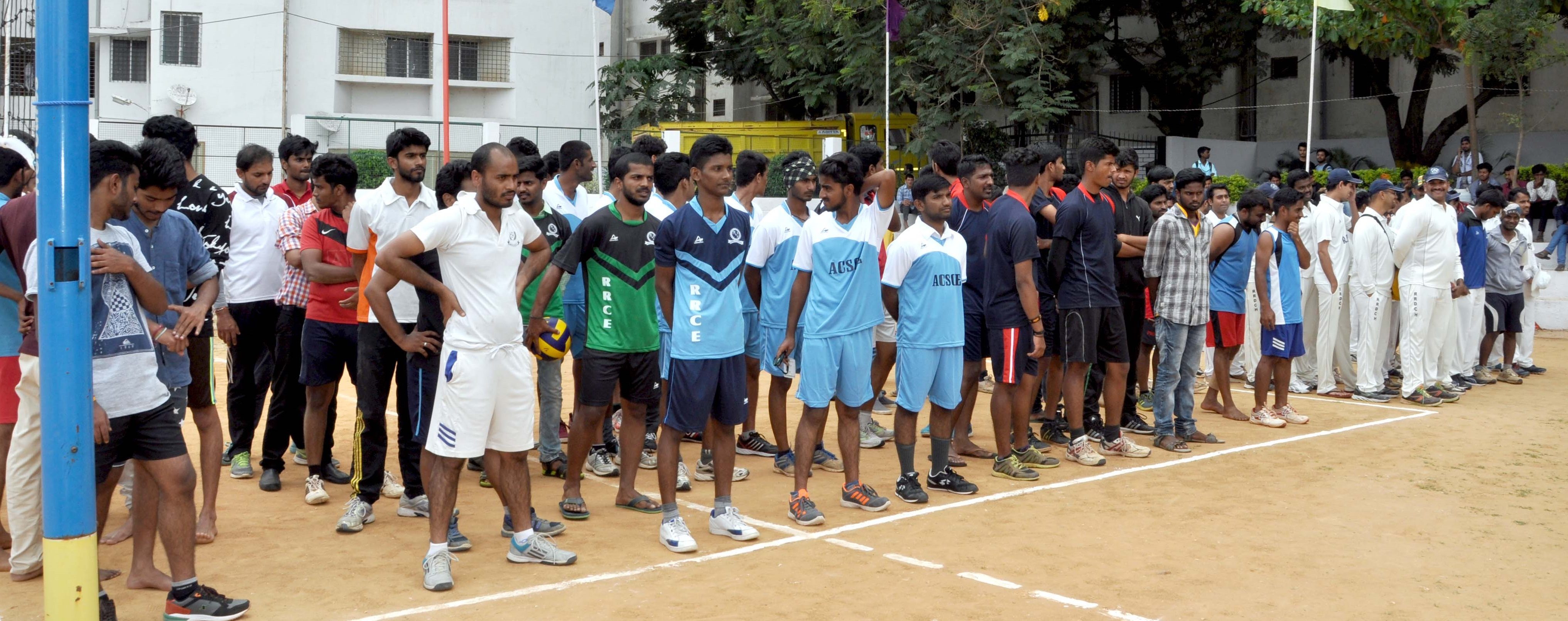Incredible Feat by IIT Madras by Creating Bio-Friendly Laser Carrots

In a one of its kind breakthrough by researchers or IIT Madras, they have brought to light the possibility of creating a biocompatible working lazer from a carrot with the help of an age old scientific process that was discovered by none other than the Physics nobel prize winner Sir C V Raman. The best part is that the lazer that is created from carrots is bio friendly besides the fact that the system that is developed is also a reliable, robust one and has a linear temperature response that is good too.
This discovery has opened doors to advancement in the field of optical spectroscopy as well as sensing research in areas of science and industrial too.
Laser Creation
The lasers are created after the electrons in some special material become excited after absorbing energy from it. After they return to their original state, these electrons emit photons or particles of light. These photons are coherent in nature making the intensity of the light that is emitted sharp as well as powerful.
The world is now understanding the importance of going green and awareness around shifting towards creating sustainable materials for different applications including photonics is obvious. The conventional polymers used are not only toxic but non-biodegradable hence the search for fluroscent polymers has been long on.
Laser or Light Amplification by Stimulated Emission of Radiation is known to be one of the most notable discoveries of the 20th centures. They are known to have extraordinary properties like sharpness and directionality and are known to be a rich source of light. In the current research
As per Dr Sivarama Krishnan, there re organic bio pigments like carotenoids that are found in carrots as well as porhyrins that are found in chlorophyll are optically active interesting media. The research team chose carotenoid naturally as the possible lasing source because even though the fluorescence quantum yield of carotenoids is very less than organic laser dyes, it’s is possible to obtain the vibrational spectra even if the concentrations of carotenoids is very low.
Just know about the Top Engineering Colleges in Bangalore
*Sourced from the Internet

